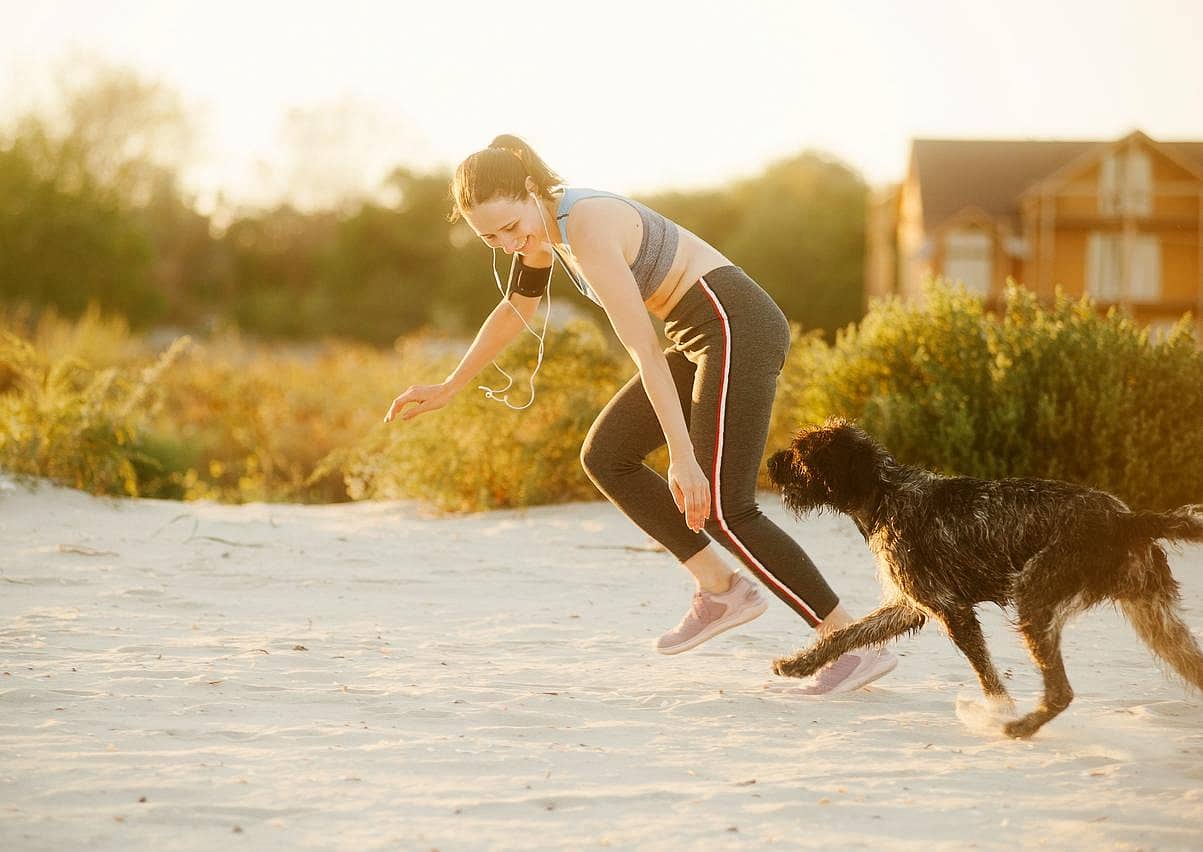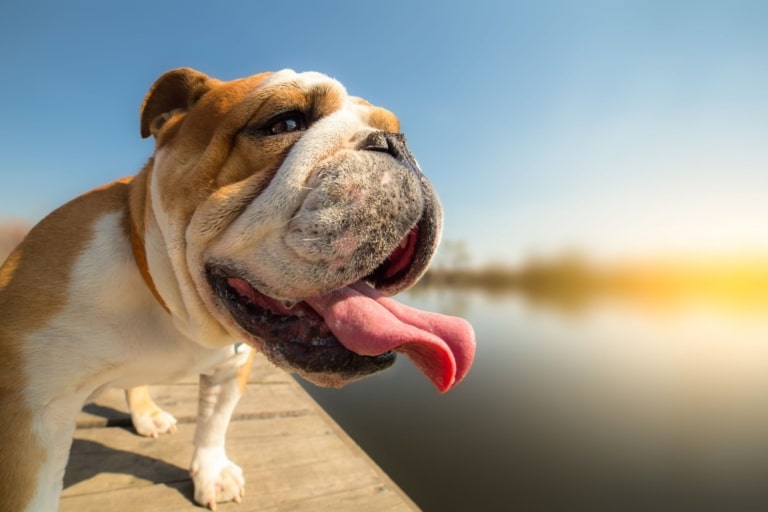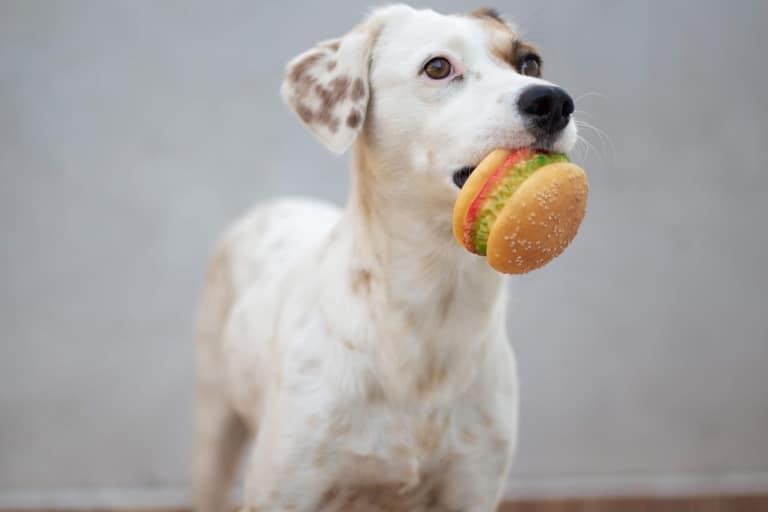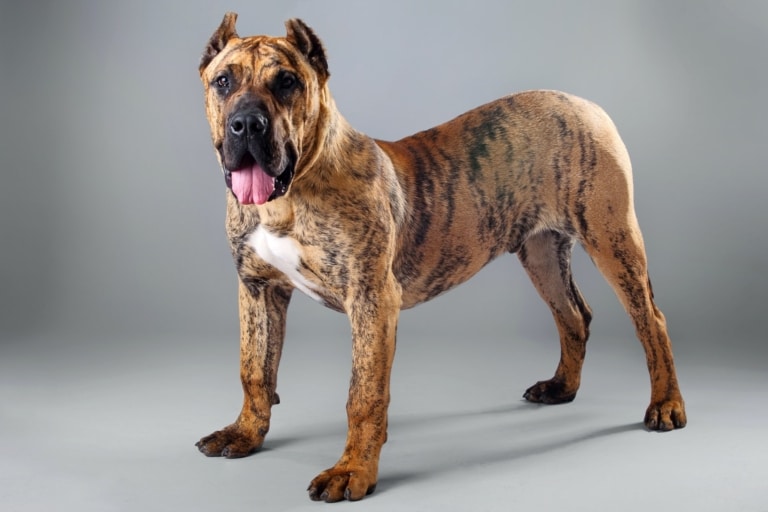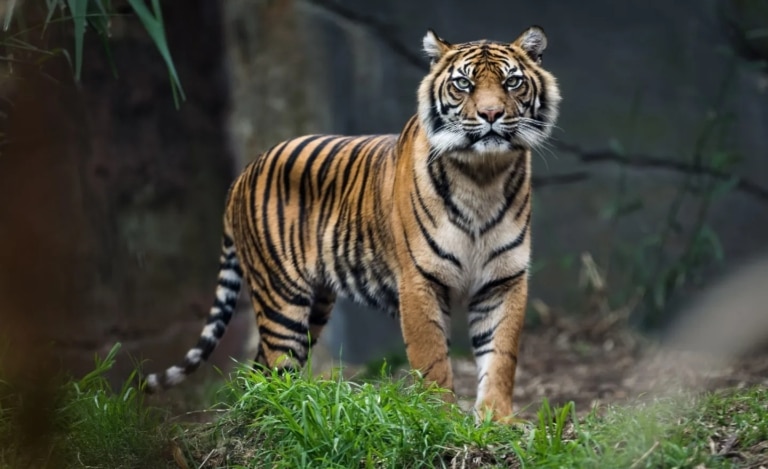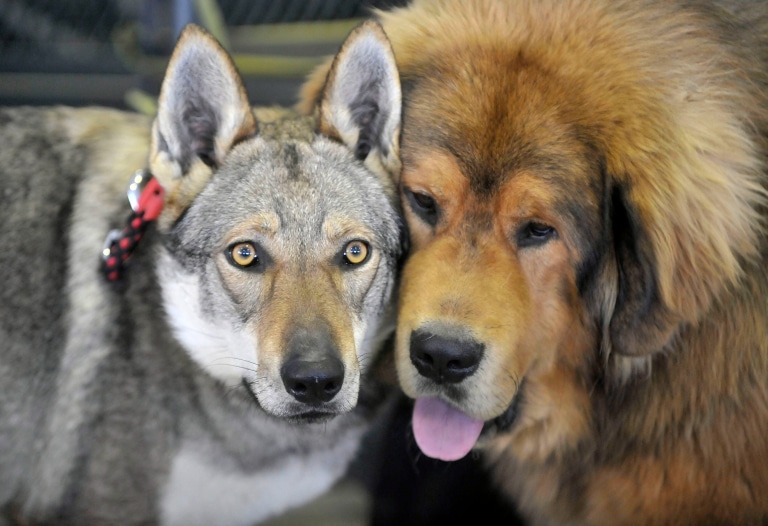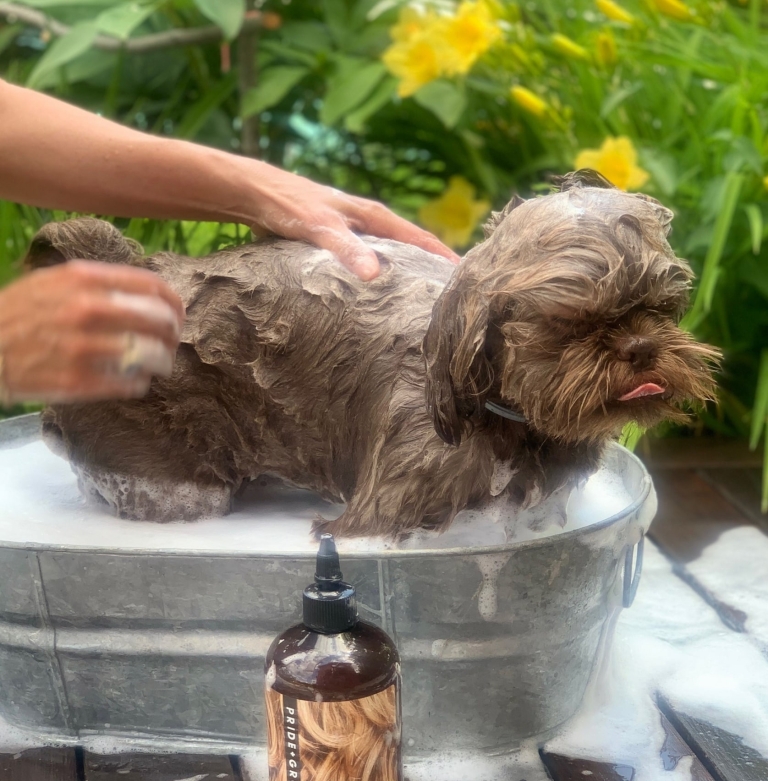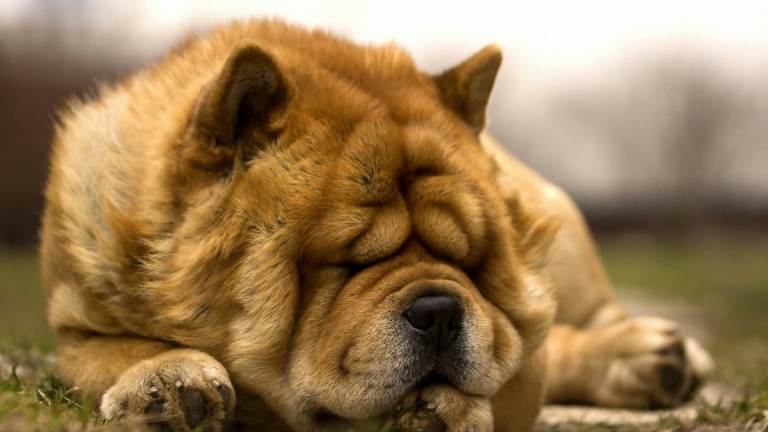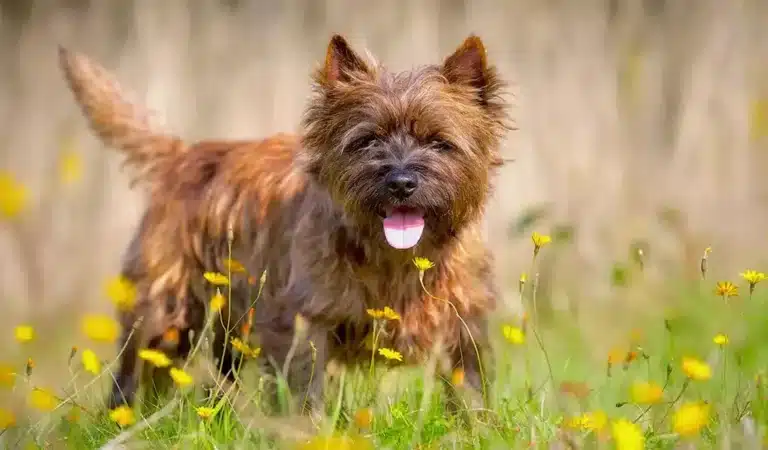The summer heat can cause trouble not only for you, but also for your pet, because his ability to cool down is limited. A high temperature can quickly lead to a critical condition, so it is important to know how to help the animal survive hot days without stress and health risks.
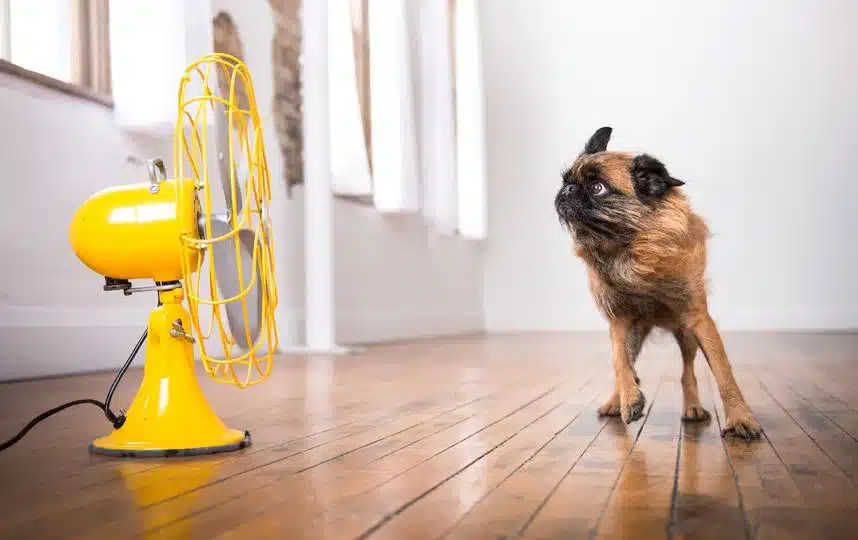
How to recognize overheating in an animal?
Overheating is extremely dangerous, as it can lead to fatal consequences. The ability to recognize its symptoms will allow you to provide first aid in time and improve the well-being of your pet. So below you have the opportunity to familiarize yourself with them.
- A dog or cat begins to breathe hard, shortness of breath appears. Breathing can be fast and shallow.
- May appear lethargic, weak and unresponsive to usual stimuli. May refuse food and games.
- Mucous membranes such as the gums may become dry and sticky to the touch. The gums can change color to bright red or bluish.
- There may be coordination problems, the pet may wobble or fall.
- Overheating can cause digestive disorders manifested by vomiting and diarrhea.
- Normal body temperature in animals ranges from 38 to 39 degrees Celsius. When overheating, it can exceed 40 degrees.
- In severe cases of overheating, convulsions and even loss of consciousness may occur.
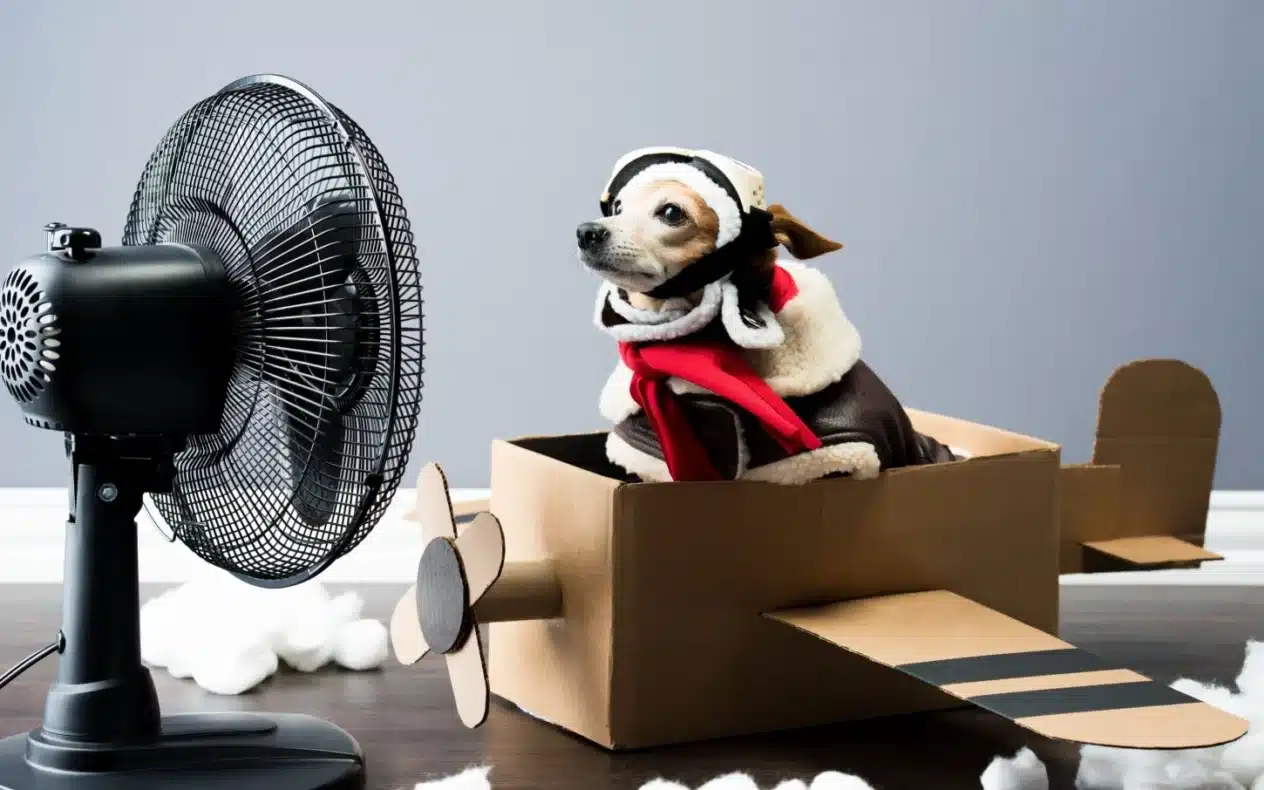
First aid steps for overheating
If you suspect your Tails is overheated, immediate steps should be taken to cool and stabilize its condition. Immediately move the animal out of direct sunlight into the shade or a cool, well-ventilated area. Give her clean, cool water (not ice), but don’t force her to drink. Then wet the towels with cool water and put them on the stomach, paws and head of the pet, change them as soon as they warm up. This will help lower body temperature. Be sure to consult a veterinarian. Overheating can have serious effects on internal organs, and professional help is necessary.
Prevention of overheating
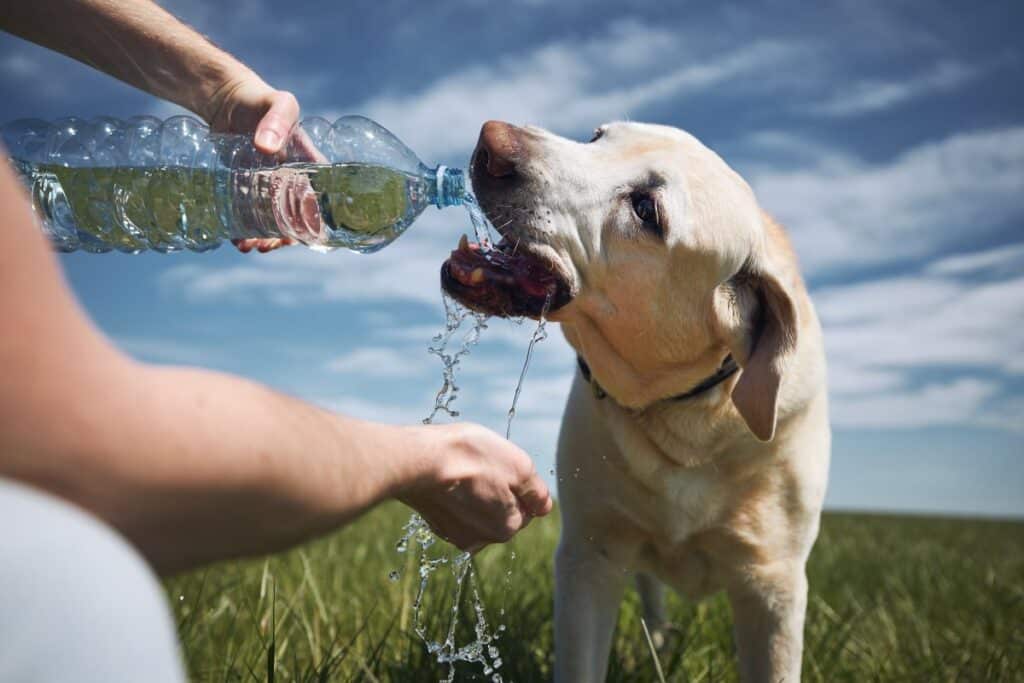
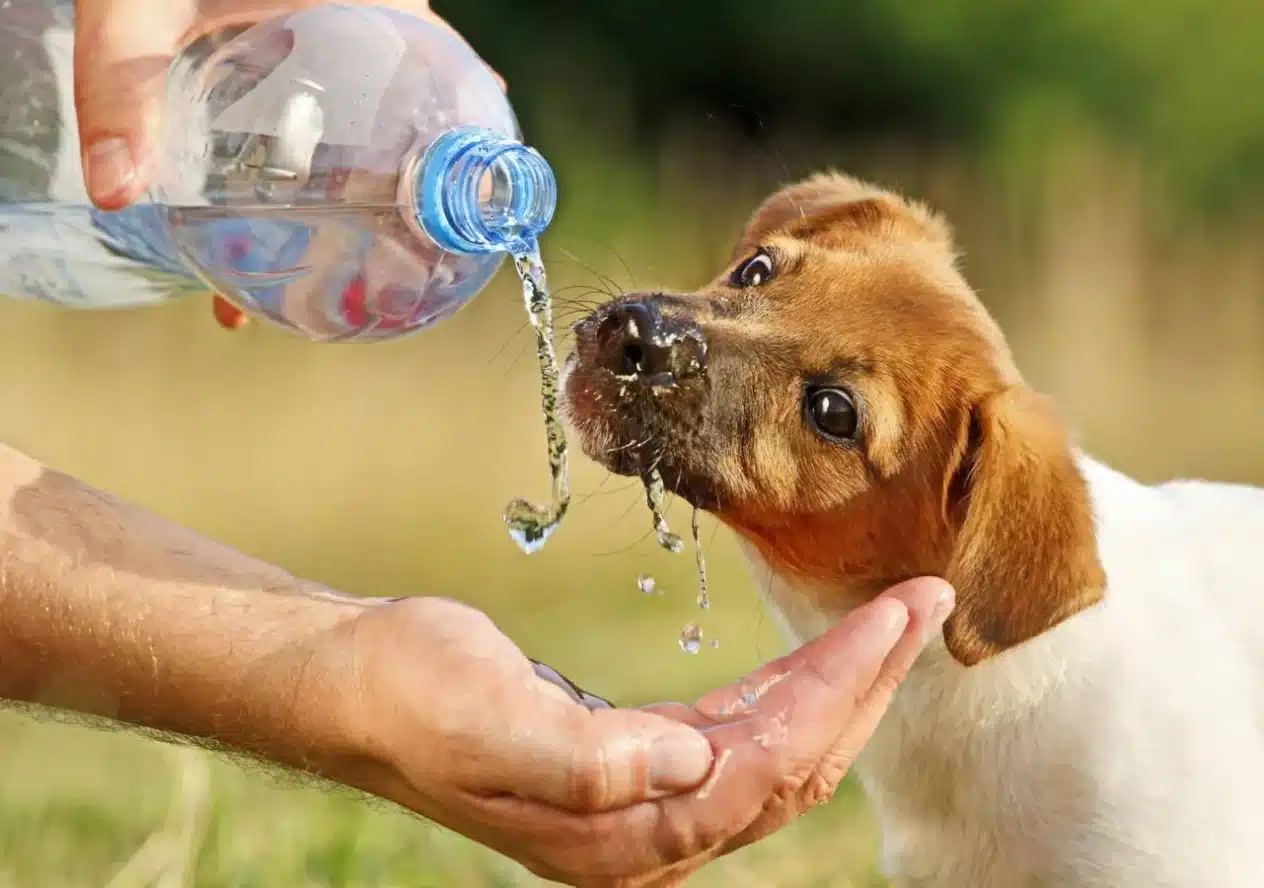
What should be done to avoid overheating? We hope you know this information, and if you have just adopted a little happiness into your family, then it is better to understand what you can do for him on hot days.
- Make sure your Pet always has access to fresh and clean water. Do not force him to drink water, but do everything you can to encourage him to do so. You can place several bowls of water in different places of the house and on the street, buy a fountain.
- A light diet will help Tails feel better on hot days. Add more wet food to the diet, which will provide additional moisture. You can even freeze certain types of food or make homemade lollipops from your Pet’s favorite treats.
- Regular combing will remove excess undercoat and bristles, the accumulation of which can contribute to overheating. For some breeds of dogs, owners choose shorter haircuts in the summer, but you need to be careful not to deprive the animals of their natural protection from the sun.
- Leave a cool place at home where your Pet can hide from the heat. This can be a room with air conditioning, a fan or a special cooling mat.
- On hot days, avoid walking with the Tutor in direct sunlight. It is better to go out in the morning or in the evening, when the temperature is lower. Special cooling vests and harnesses, which can be purchased at pet stores, help reduce body temperature during walks.
- Hot earth or asphalt can burn an animal’s paws. Check the surface before taking the Tails out for a walk. You can also buy special shoes for dogs that will protect their paws from overheating.
- Never leave your Pet in a hot car. Even with the windows open, the temperature inside the car can quickly rise to dangerous levels and cause heatstroke.
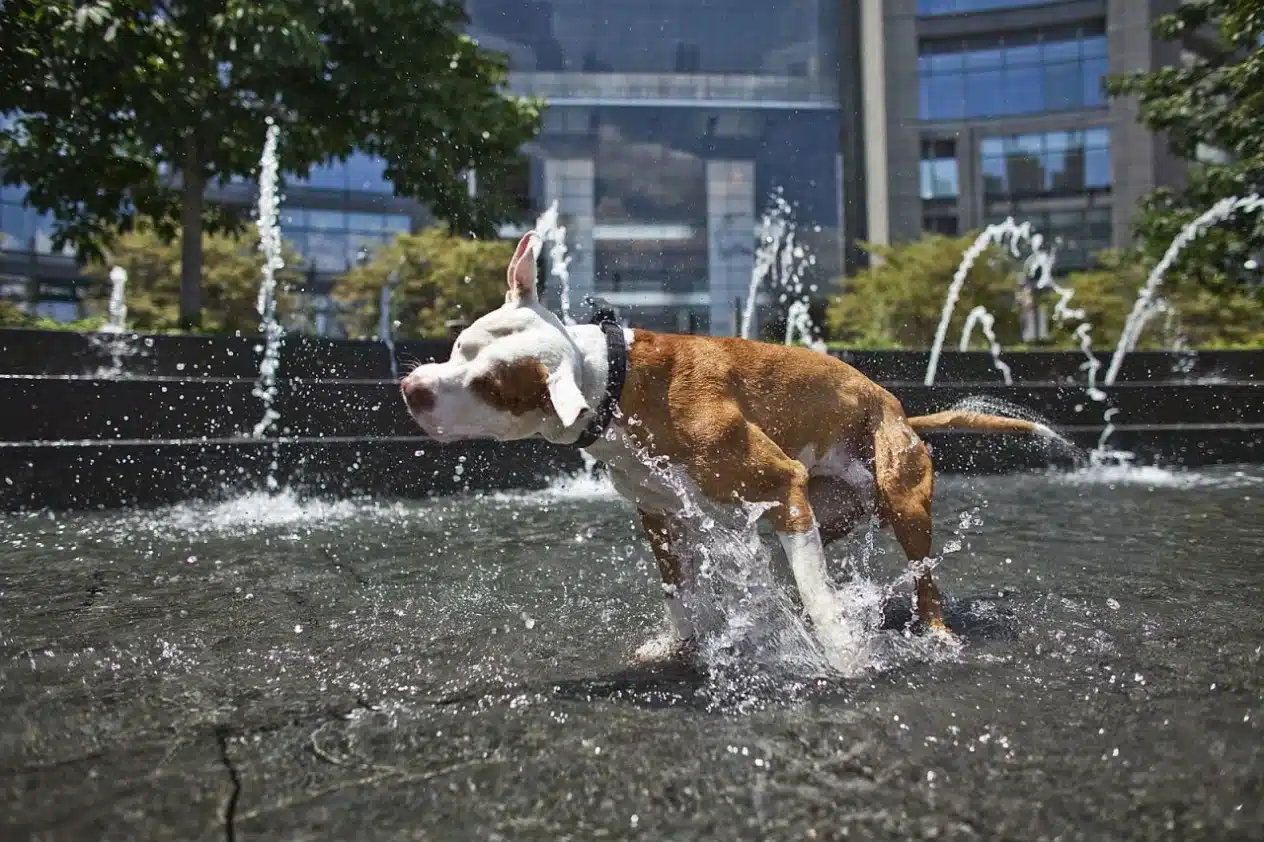
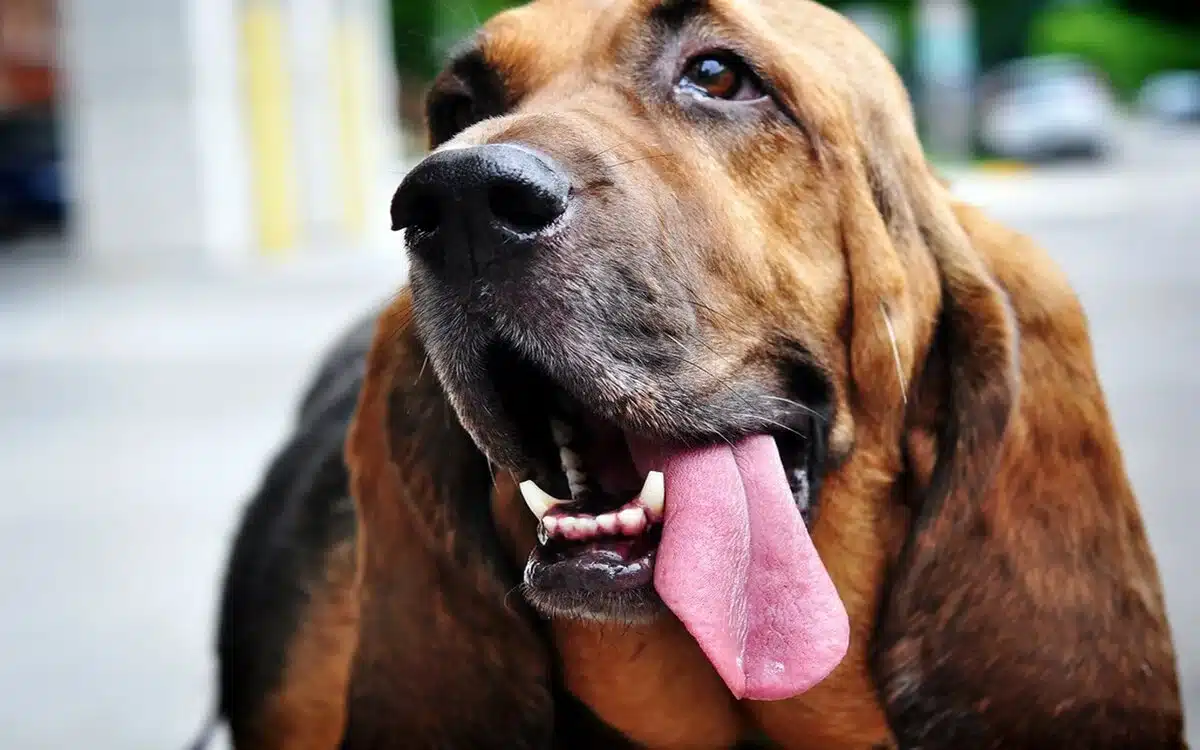
Why should long-haired animals not be cut short and why will it not help in the heat?
In the summer, owners of long-haired animals may think that a short haircut will help their pets tolerate the heat more easily. However, this is a common misconception that can lead to negative health consequences. Long-haired animals have a unique coat structure that acts as a natural defense mechanism. Wool creates an air layer that isolates the animal from external heat and keeps it cool near the skin. In addition, it protects against direct sunlight, preventing sunburn and excessive exposure to ultraviolet rays. If your Pet is clipped short, the loss of the protective coat will make it more vulnerable to overheating and pigmentation, as heat will penetrate the skin more quickly. This can lead to heatstroke, especially on hot days. To help long-haired animals comfortably survive the heat, there are more effective and safer methods such as regular brushing, providing cool conditions and moisturizing the coat with water, wet towels, vests and harnesses.
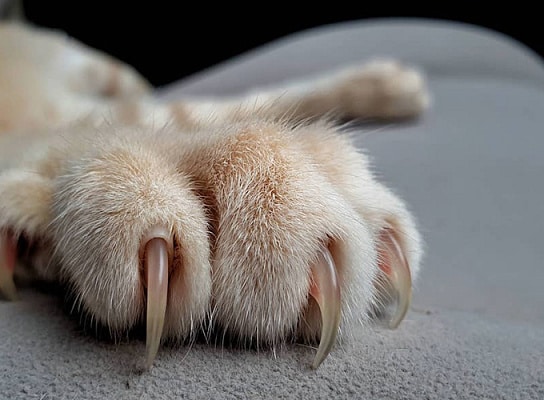
How to help cats during the heat?
Unlike dogs, cats are not fans of water procedures and systematic walks. They like to be at home and do their important things. However, they can also suffer on hot days when the sun heats the whole apartment to an uncomfortable temperature or the veranda of your house turns into hell. What can be done to help cats survive hot days comfortably?
- Water, water and more water. Make sure that your cat has more than one water bowl, and they are placed in the places where he likes to spend his time the most. Buy an automatic water fountain that will provide a constant flow of fresh water.
- On hot days, try to keep a cool place at home where the cat can hide from the heat. Close curtains or blinds to reduce sunlight and maintain a cool indoor temperature. Use fans or air conditioners to maintain a comfortable climate. Cooling mats can also be helpful. Leave the bathroom door open, because the tiles and the shower can be the best place to relax.
- Brush the fur regularly to improve ventilation and help the cat tolerate the heat more easily.
- You don’t need to bathe a cat if he doesn’t want to. It will be enough to wet the wool with cool water using your hands or a wet towel. This will help lower body temperature.
- Pay attention to your cat’s behavior. We have described the symptoms of overheating above and if you notice any of them, immediately take measures to cool the animal and contact the veterinarian.
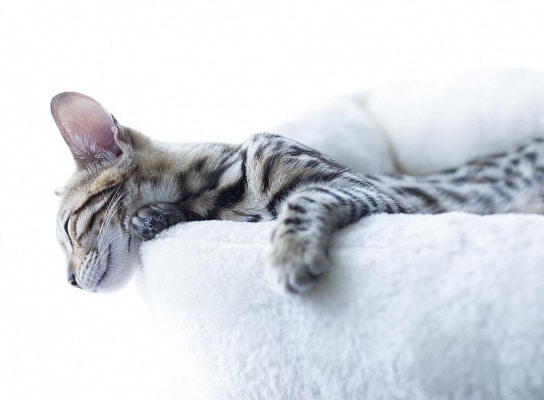
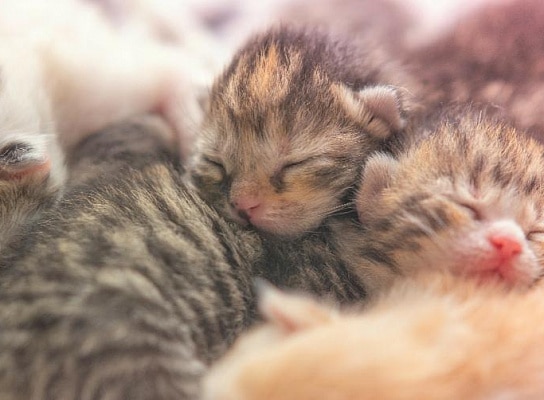
As you can see, taking care of cats and dogs on hot days requires special attention. Providing fresh water, avoiding overheating, creating comfortable conditions at home, proper nutrition and regular monitoring of their health will help them survive the hot season without problems. By following simple prevention rules and being attentive to the condition of your Pet, you will be able to protect him from the dangerous effects of heat. Always remember the importance of consulting a veterinarian in the event of overheating to ensure your Tails’ full recovery.
